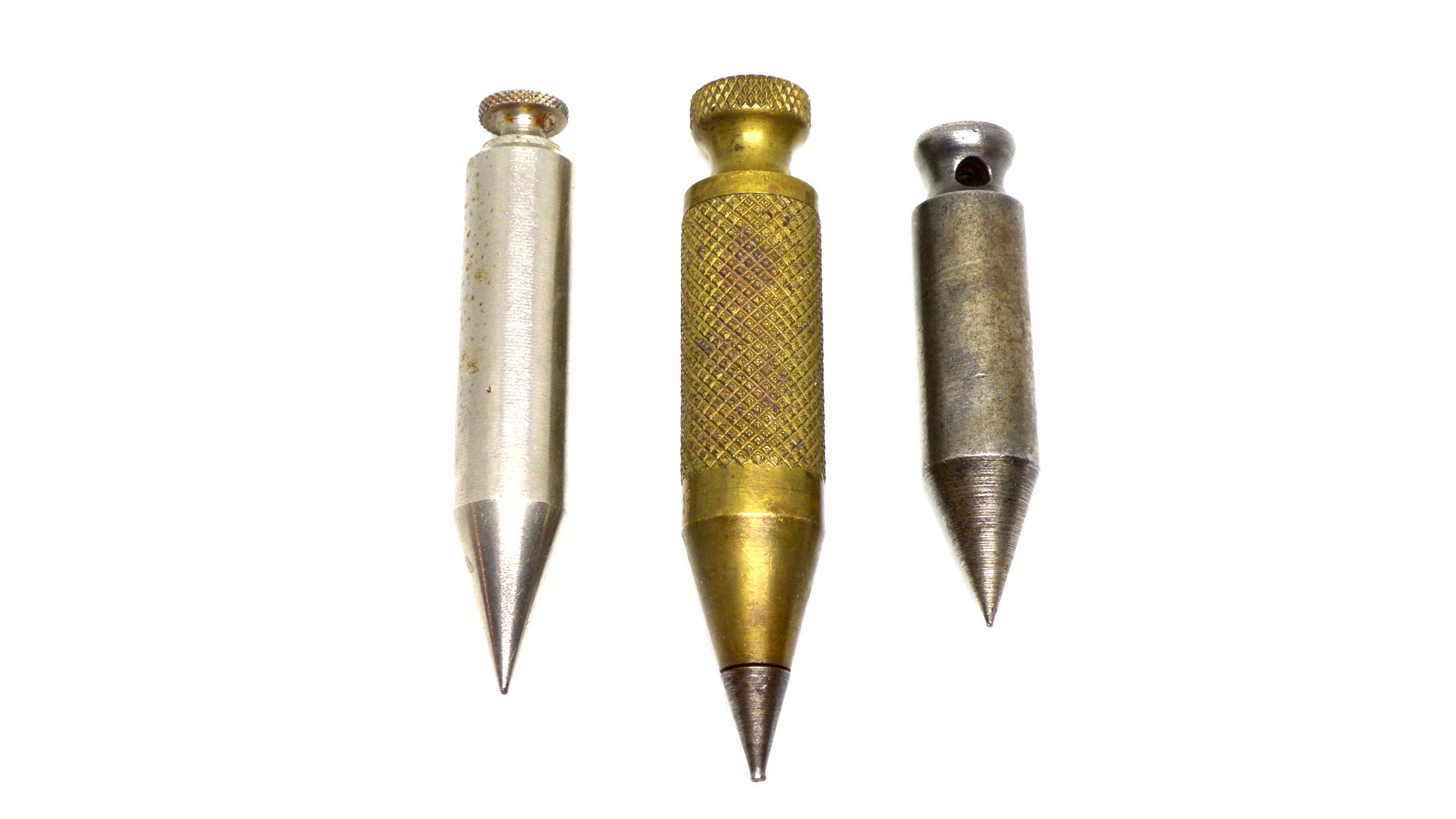

Articles
How To Use A Plumb Bob
Modified: October 20, 2024
Learn how to effectively use a plumb bob in our informative articles. Gain insights and expert tips to ensure accurate measurements for your construction projects.
(Many of the links in this article redirect to a specific reviewed product. Your purchase of these products through affiliate links helps to generate commission for Storables.com, at no extra cost. Learn more)
Introduction
A plumb bob is a simple yet indispensable tool that has been used for centuries in various construction and woodworking projects. It is a weighted object attached to a string or line, and it helps determine vertical alignment, ensuring that structures are upright and level.
Whether you’re a professional contractor, a DIY enthusiast, or someone looking to take on a home improvement project, understanding how to use a plumb bob correctly is crucial. In this article, we will explore the ins and outs of using a plumb bob, providing you with a comprehensive guide to maximize its effectiveness.
From identifying its purpose to learning the step-by-step process and gaining valuable tips and tricks, this article will equip you with the knowledge and skills necessary to use a plumb bob like a pro. So, let’s dive in and discover the wonders of this humble yet powerful tool.
Key Takeaways:
- Mastering the use of a plumb bob is crucial for achieving precise vertical alignment in construction and woodworking projects, enhancing the quality and efficiency of your work.
- By following proper techniques and implementing valuable tips, you can maximize the effectiveness of a plumb bob, ensuring accurate measurements and avoiding common mistakes for optimal results.
Read more: Why Use A Plumb Bob
What is a Plumb Bob?
A plumb bob is a simple yet essential tool used in construction, carpentry, and various other trades. It consists of a weight attached to a string or line, often made of nylon or cotton, and is used to determine vertical alignment accurately.
The weight, typically made of metal, brass, or lead, is shaped like a pointed cone or cylinder at the bottom. This design allows it to hang straight and true, aligning with the force of gravity. The string or line is attached to the top of the weight, providing the means to hold and manipulate the plumb bob.
One of the primary purposes of a plumb bob is to establish vertical references or to determine if an object or structure is perfectly perpendicular to the ground. This is especially critical in construction projects where accuracy is paramount.
Plumbers, for example, use this tool to ensure that pipes are installed vertically, preventing any issues with drainage or water flow. Carpenters rely on the plumb bob to align walls, posts, and other structural elements in a precise and level manner. Even artists and photographers find value in a plumb bob to ensure their compositions are perfectly straight.
Not limited to vertical alignment, a plumb bob can also be used to measure distances. By marking the string at certain intervals, such as inches or centimeters, it can provide a reference point for gauging lengths in various applications.
In addition to its construction and measurement uses, a plumb bob is often employed in other fields, such as surveying, shipbuilding, and even as a tool for divination in ancient practices.
Overall, a plumb bob is a versatile and reliable tool that serves as a guide for achieving precision and accuracy in a wide range of industrial and creative endeavors. Mastering its usage can greatly enhance the quality and efficiency of your work.
Understanding the Use of a Plumb Bob
To effectively use a plumb bob, it is essential to understand its basic principles and how it functions. The tool relies on the force of gravity to find the vertical line, which is crucial for achieving accurate alignment.
When the plumb bob is at rest, the weight at the bottom is naturally pulled downward by gravity, causing the string to hang straight and true. This vertical alignment establishes a reliable reference point, allowing you to determine if an object or structure is perfectly perpendicular to the ground.
Using a plumb bob involves employing precise techniques to ensure accurate results. Here are a few key points to keep in mind:
- Steady Surface: Before using a plumb bob, make sure you have a stable and level surface to work on. Uneven or sloping surfaces can lead to inaccurate readings.
- Securing the String: Ensure the string or line is properly secured at the top. This can be done by tying the string securely to a fixed point or using a hook or clamp to hold it in place.
- Unobstructed Area: Clear the area around the plumb bob to ensure there are no obstacles or objects that may interfere with its natural vertical alignment.
- Patience and Observation: Using a plumb bob often requires patience and careful observation. Take your time to allow the weight to come to a complete rest, and ensure that it is not swaying or moving due to external factors.
- Multiple Points: For more accurate alignment, consider using multiple plumb bobs simultaneously. This can help create a straight line across a large area, ensuring uniformity and precision.
By understanding the fundamental principles and following these guidelines, you will be well on your way to effectively utilizing a plumb bob in your construction or woodworking projects. The tool’s simplicity belies its importance in achieving vertical accuracy and maintaining structural integrity.
Now that we have covered the basics of using a plumb bob, let’s dive into a step-by-step guide on how to use this powerful tool for various applications.
Step-by-Step Guide on How to Use a Plumb Bob
Using a plumb bob may seem straightforward, but following proper techniques will ensure accurate results. Here is a step-by-step guide on how to use a plumb bob effectively:
- Prepare the Area: Clear the area where you will be working and ensure it is free from any obstructions that may interfere with the plumb bob’s alignment.
- Secure the String: Attach the string or line firmly to a fixed point at the top of the object or structure you want to align. Make sure the string is taut and securely fastened.
- Position the Plumb Bob: Carefully lower the plumb bob, allowing it to come to a complete rest. Watch for any swinging or movement and wait until it is steady.
- Identify the Vertical Line: Observe the position of the plumb bob’s weight. The vertical alignment will be indicated by the string hanging straight and perpendicular to the ground. This line will serve as your reference point for determining verticality.
- Make Markings: Once you have established the vertical line, use a pencil or marker to make markings or measurements as needed. This will help you maintain consistency and accuracy during the construction or woodworking process.
- Repeat if Necessary: If you need to align multiple points, repeat the process by using additional plumb bobs. This will create straight lines across the desired area for improved accuracy.
- Double-Check the Alignment: After completing the alignment, take a moment to double-check the verticality of the structure or object using a level or other measurement tools. This will ensure that your work is perfectly aligned and meets the desired specifications.
Remember, practice makes perfect when it comes to using a plumb bob. As you gain experience, you will become more adept at achieving precise vertical alignment. By following this step-by-step guide, you will be able to use a plumb bob effectively and confidently in your construction and woodworking projects.
Next, let’s explore some valuable tips and tricks that can further enhance your experience with using a plumb bob.
When using a plumb bob, make sure it hangs freely and doesn’t touch anything. Hold it steady and mark the point where it hangs to ensure accurate vertical alignment.
Tips and Tricks for Using a Plumb Bob Effectively
While using a plumb bob is a relatively simple task, there are some tips and tricks that can help you achieve the best results. These insights will enhance your accuracy and efficiency when using a plumb bob. Here are some valuable tips to consider:
- Plumb Bob Check: Before using a plumb bob, it is always a good idea to check its accuracy. Hang the plumb bob from a secure point and ensure that the string is perfectly vertical. Use a level or a known straight edge to verify its alignment.
- Use a Weighted Bob: Depending on the project at hand, consider using a plumb bob with a heavier weight. This will help counter any external forces, such as wind or vibrations, resulting in a more stable and accurate alignment.
- Utilize a Soft Landing Surface: When setting the plumb bob down, try to place it on a soft surface, such as a piece of cloth or foam. This will minimize any potential bouncing or swinging caused by the weight hitting a hard surface.
- Account for String Thickness: Keep in mind that the thickness of the string can affect the alignment. If precision is crucial, consider using a thinner string or compensating for the thickness when making measurements or markings.
- Minimize Air Currents: Pay attention to air currents or drafts in the workspace, as they can cause the plumb bob to sway. Close windows, doors, or any sources of airflow to minimize their impact on the tool’s stability.
- Eliminate Parallax Errors: Parallax errors can occur when the viewer’s eye is not in line with the string of the plumb bob. To avoid this, position yourself directly in line with the string and weight, ensuring an accurate visual alignment.
- Take Measurements at Multiple Points: If you’re working on a larger structure, it can be helpful to take measurements at multiple points along the plumb line. This will help identify any subtle deviations and allow you to make adjustments accordingly.
- Combine Plumb Bobs with Other Tools: For more complex projects, consider using a plumb bob in combination with other measuring tools, such as a level or laser level. This will provide you with multiple reference points and increase the precision of your alignment.
By implementing these tips and tricks, you can maximize the effectiveness of your plumb bob and achieve accurate vertical alignment in your construction and woodworking projects.
Now that we’ve covered how to use a plumb bob effectively and provided helpful tips, let’s take a look at some common mistakes to avoid when using this tool.
Read more: How To Use A Plumb Bob Video
Common Mistakes to Avoid when Using a Plumb Bob
While using a plumb bob is relatively straightforward, there are some common mistakes that can compromise the accuracy and effectiveness of the tool. Being aware of these mistakes will help you avoid them and ensure optimal results. Here are some common mistakes to avoid when using a plumb bob:
- Not Checking for Stability: Failing to ensure a stable and level surface can lead to inaccurate readings. Always check that your working area is even and free from any obstructions that may affect the plumb bob’s alignment.
- Using an Incorrectly Calibrated Plumb Bob: Using a plumb bob that is misaligned or incorrectly calibrated can lead to inaccurate results. Before using the plumb bob, check its alignment using a known straight edge or level, making any necessary adjustments if needed.
- Allowing the Plumb Bob to Swing: Allowing the plumb bob to swing or move while taking measurements can result in imprecise readings. Wait for the plumb bob to settle before making any observations or markings.
- Not Accounting for External Influences: External factors such as wind, vibrations, or air currents can impact the stability of the plumb bob. Minimize these influences as much as possible by working in a controlled environment or taking precautions to reduce their effects.
- Ignoring String Thickness: Ignoring the thickness of the string or line used with the plumb bob can lead to errors in measurements. Take into account the thickness of the string and adjust your markings accordingly to maintain accuracy.
- Overlooking Parallax Errors: Failing to position yourself directly in line with the plumb bob’s string and weight can result in parallax errors. These errors occur when the viewer’s eye is not aligned with the true vertical line, leading to inaccurate readings. Ensure your eye is directly in line with the string to avoid this mistake.
- Relying on a Single Measurement Point: Depending on the size and complexity of the project, relying on a single measurement point may not provide a complete picture of the alignment. Take measurements at multiple points along the plumb line to identify any inconsistencies or adjustments needed.
- Forgetting Other Measuring Tools: While a plumb bob is an excellent tool for vertical alignment, it may not be sufficient for all aspects of your project. Don’t be afraid to supplement your work with other measuring tools, such as levels or laser levels, to ensure comprehensive accuracy.
By avoiding these common mistakes, you can ensure that your use of a plumb bob is accurate, reliable, and delivers precise vertical alignment in your construction and woodworking endeavors.
Now that we have covered common mistakes to avoid, let’s conclude our article with a summary of what we’ve learned about using a plumb bob.
Conclusion
A plumb bob may appear to be a simple tool, but its importance cannot be overstated. Whether you’re a professional contractor or a passionate DIY enthusiast, understanding how to use a plumb bob effectively is essential for achieving accurate vertical alignment in construction or woodworking projects.
In this article, we explored what a plumb bob is and its various applications in different industries. We learned that it is a weighted object attached to a string or line that helps determine vertical alignment or measure distances. Plumbers, carpenters, and even artists rely on this tool to ensure precision in their work.
We also discussed the step-by-step process of using a plumb bob, stressing the importance of a steady surface, secure string attachment, and patient observation. By following the proper techniques, you can establish a reliable vertical line and make accurate measurements or markings.
To further enhance your use of a plumb bob, we provided valuable tips and tricks such as checking for plumb bob accuracy, utilizing a weighted bob, considering string thickness, and minimizing external influences like air currents. Additionally, we highlighted common mistakes to avoid, such as not checking for stability, ignoring parallax errors, and relying solely on a single measurement point.
By incorporating these insights into your plumb bob usage, you can improve the accuracy, efficiency, and overall quality of your construction and woodworking projects. Remember, practice and experience will further refine your skills in using this invaluable tool.
So, unleash the power of the plumb bob and enjoy the satisfaction of creating level, straight, and perfectly aligned structures. With the knowledge gained from this article, you are now equipped to confidently wield the plumb bob and elevate your craftsmanship to new heights. Happy building!
Frequently Asked Questions about How To Use A Plumb Bob
Was this page helpful?
At Storables.com, we guarantee accurate and reliable information. Our content, validated by Expert Board Contributors, is crafted following stringent Editorial Policies. We're committed to providing you with well-researched, expert-backed insights for all your informational needs.
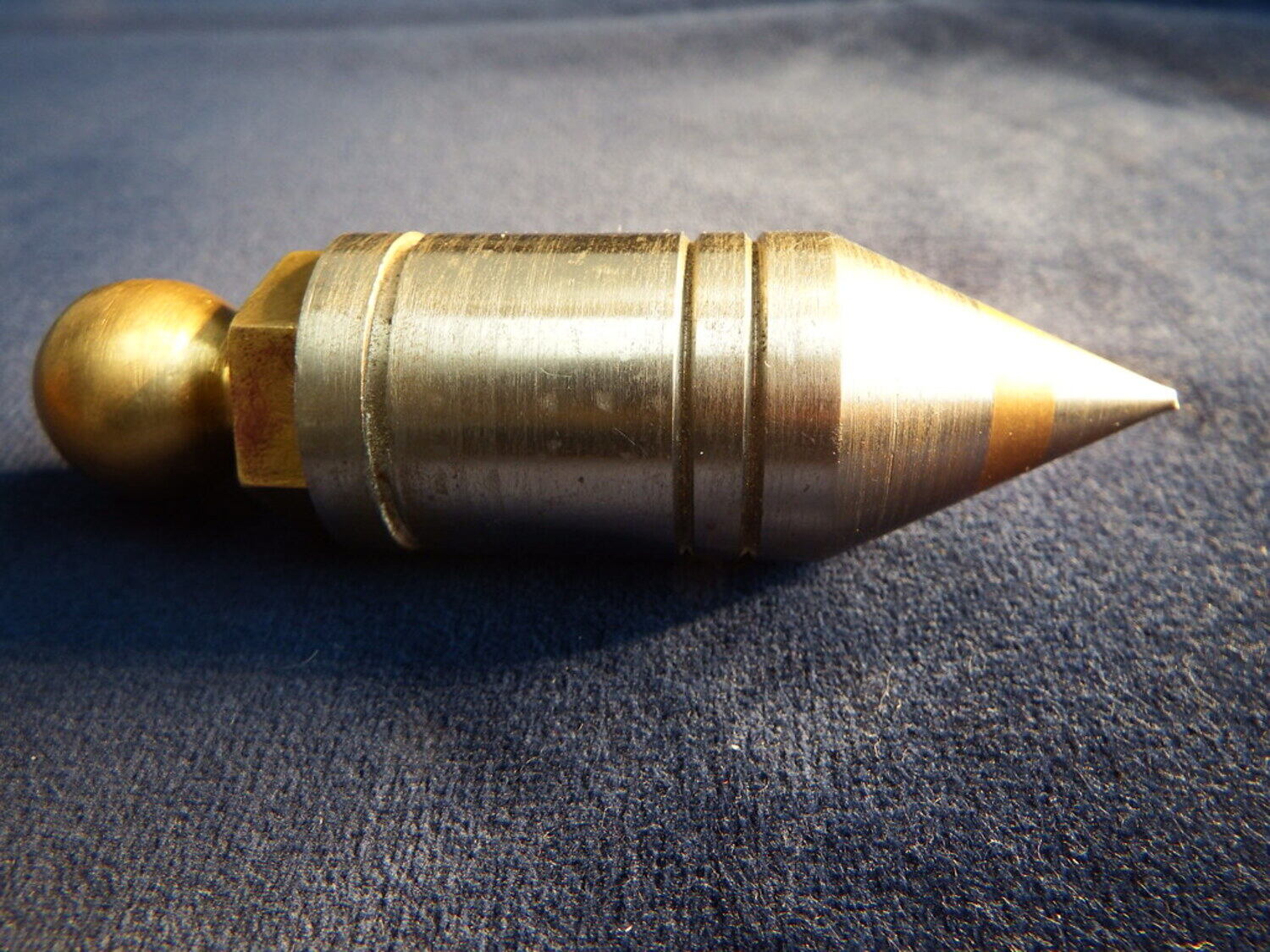
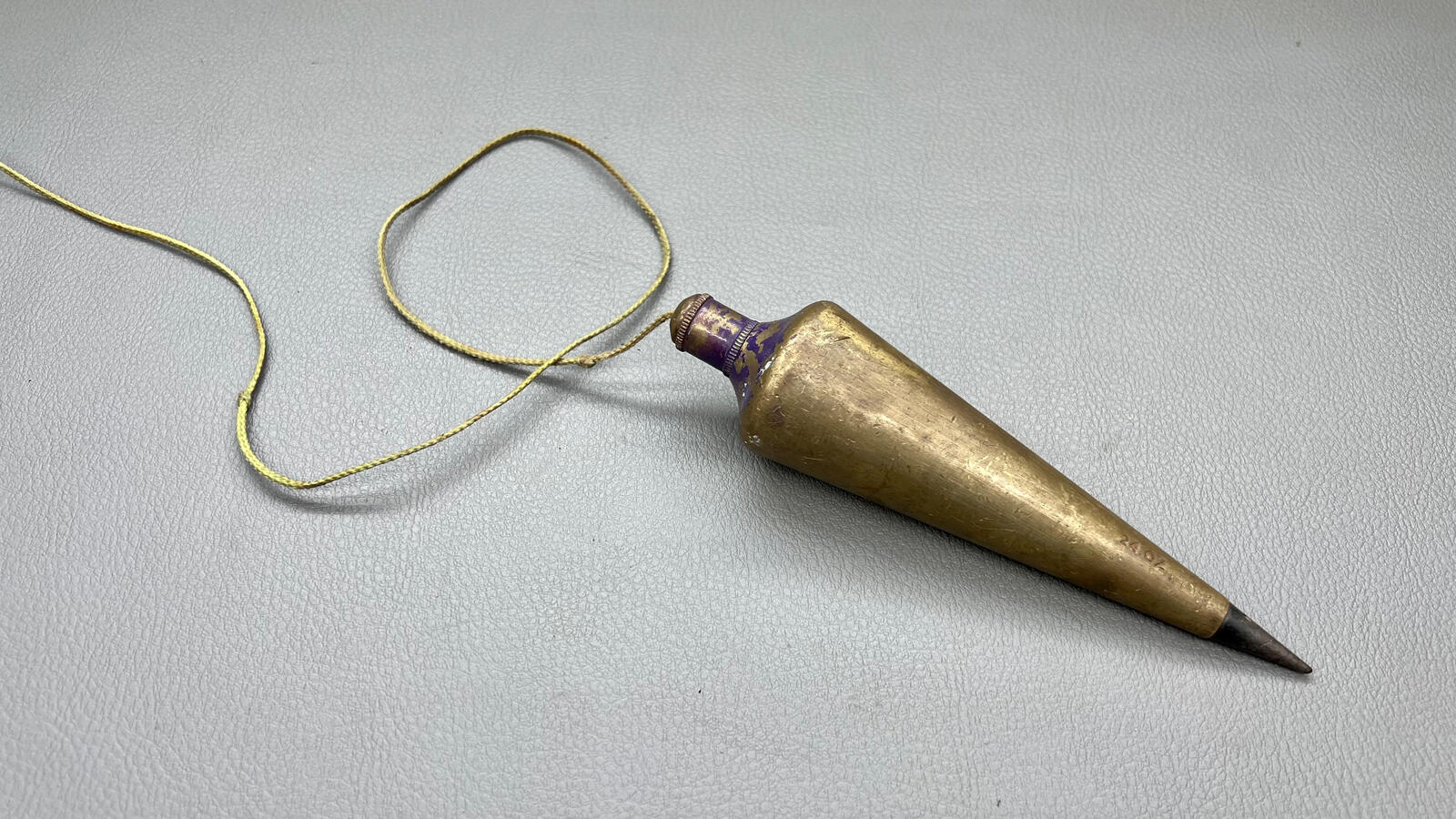
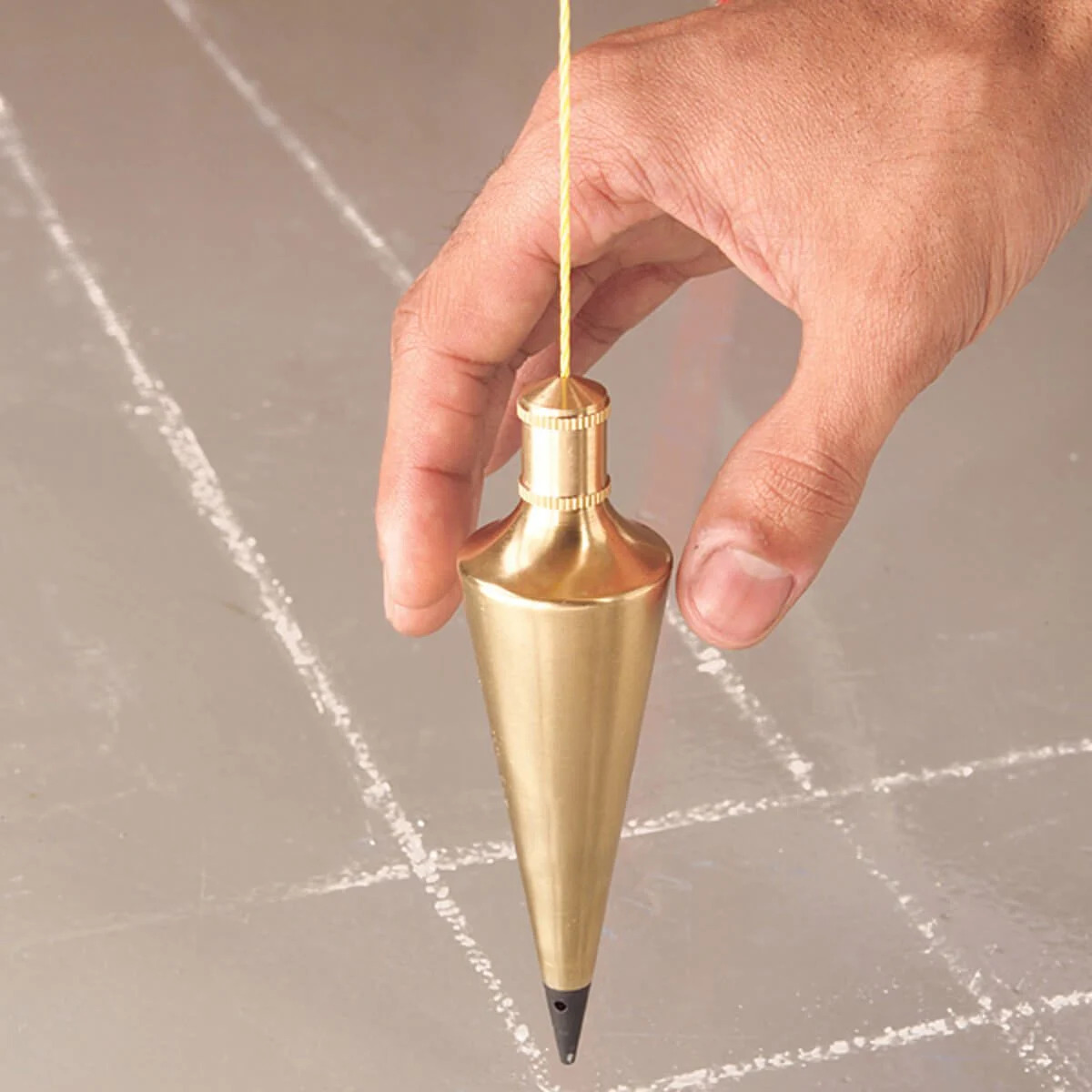
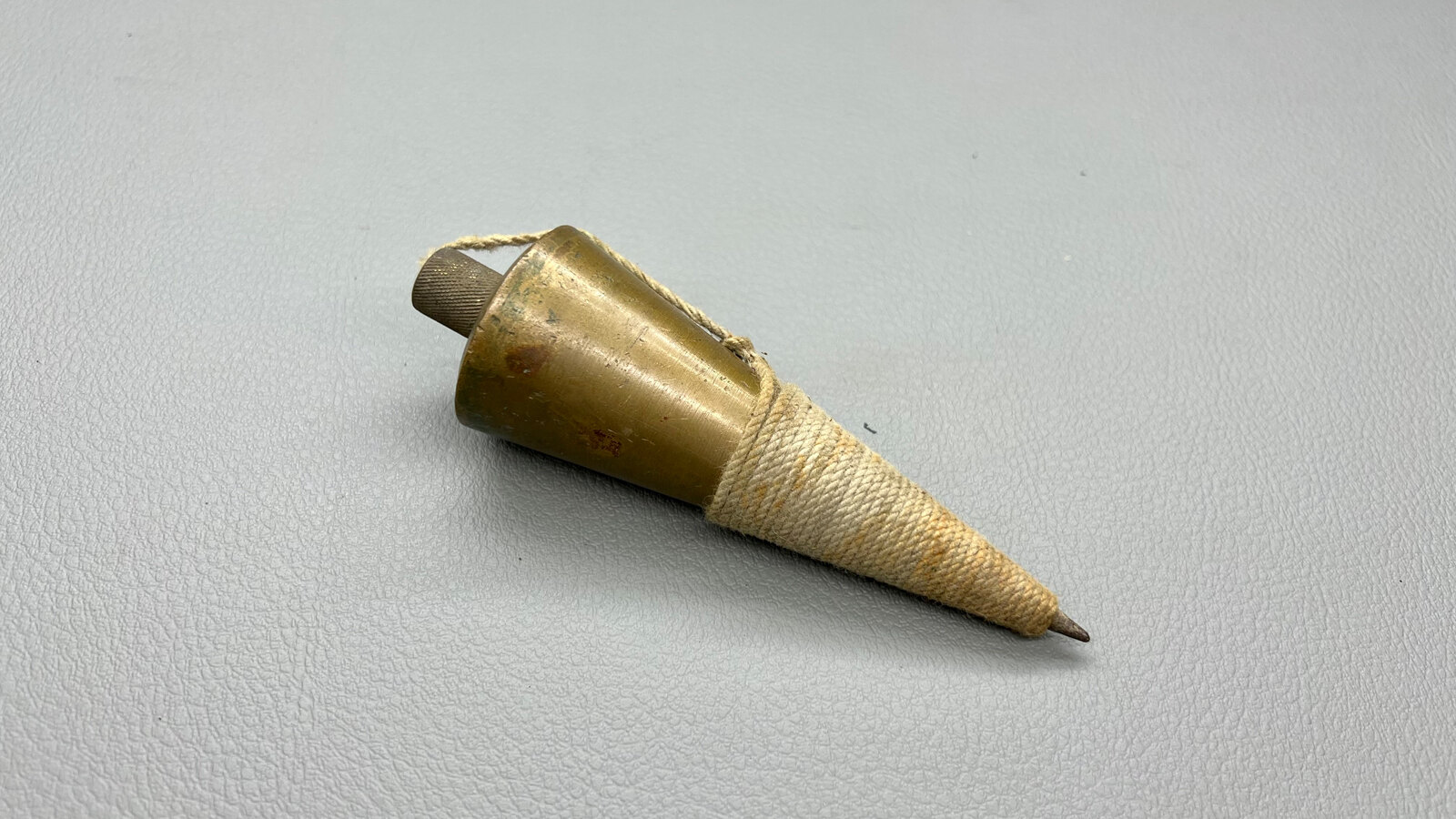

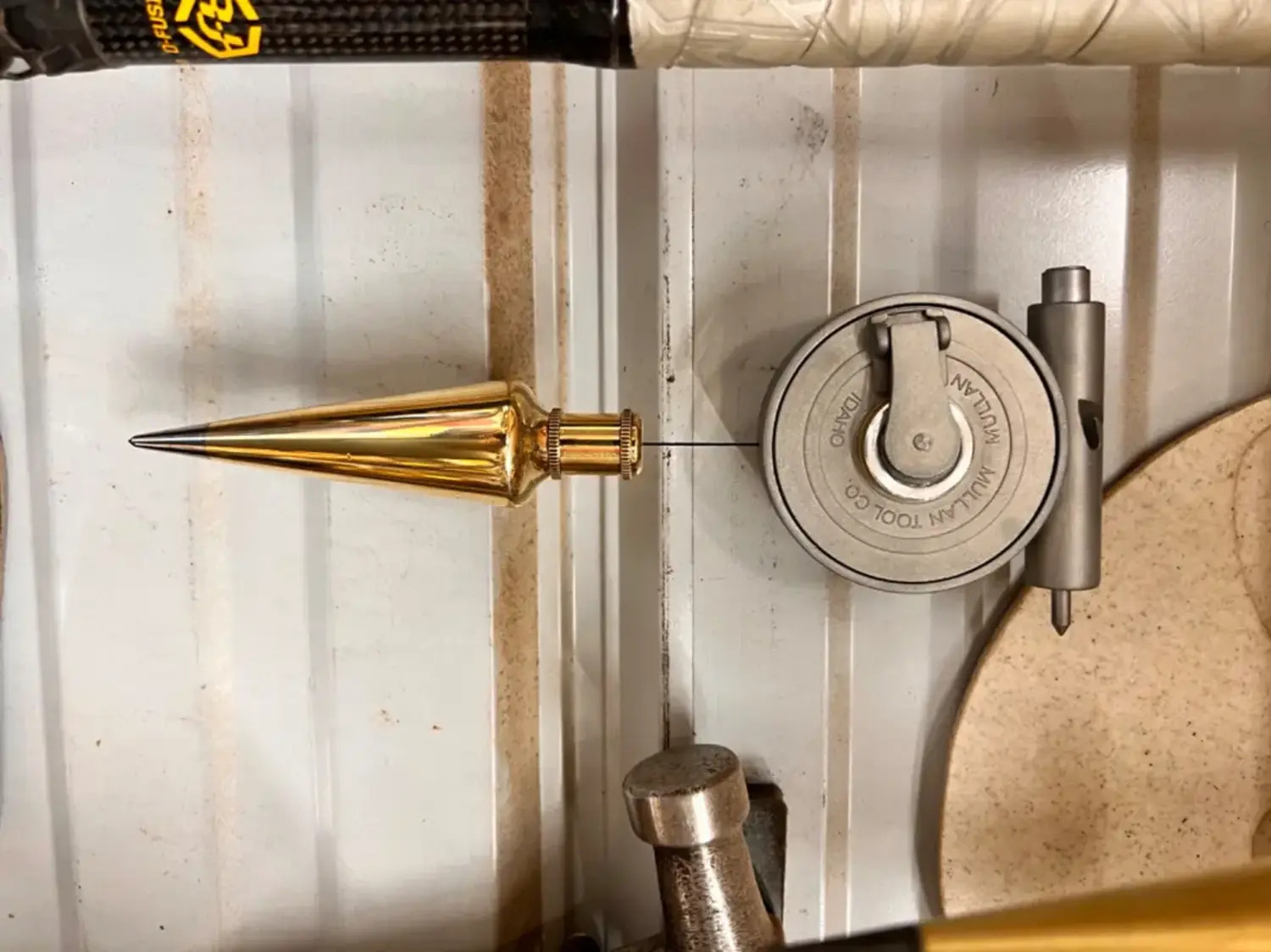
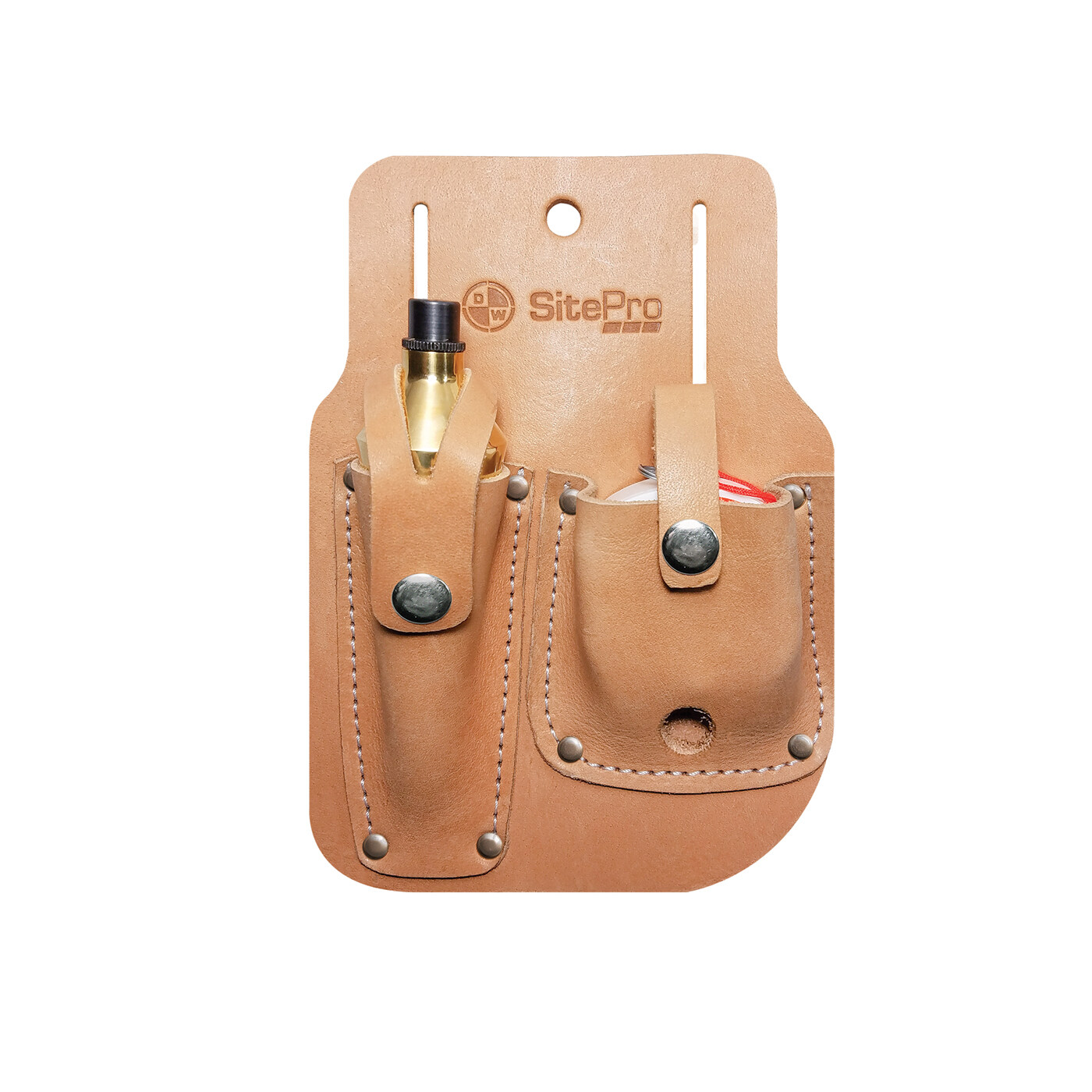
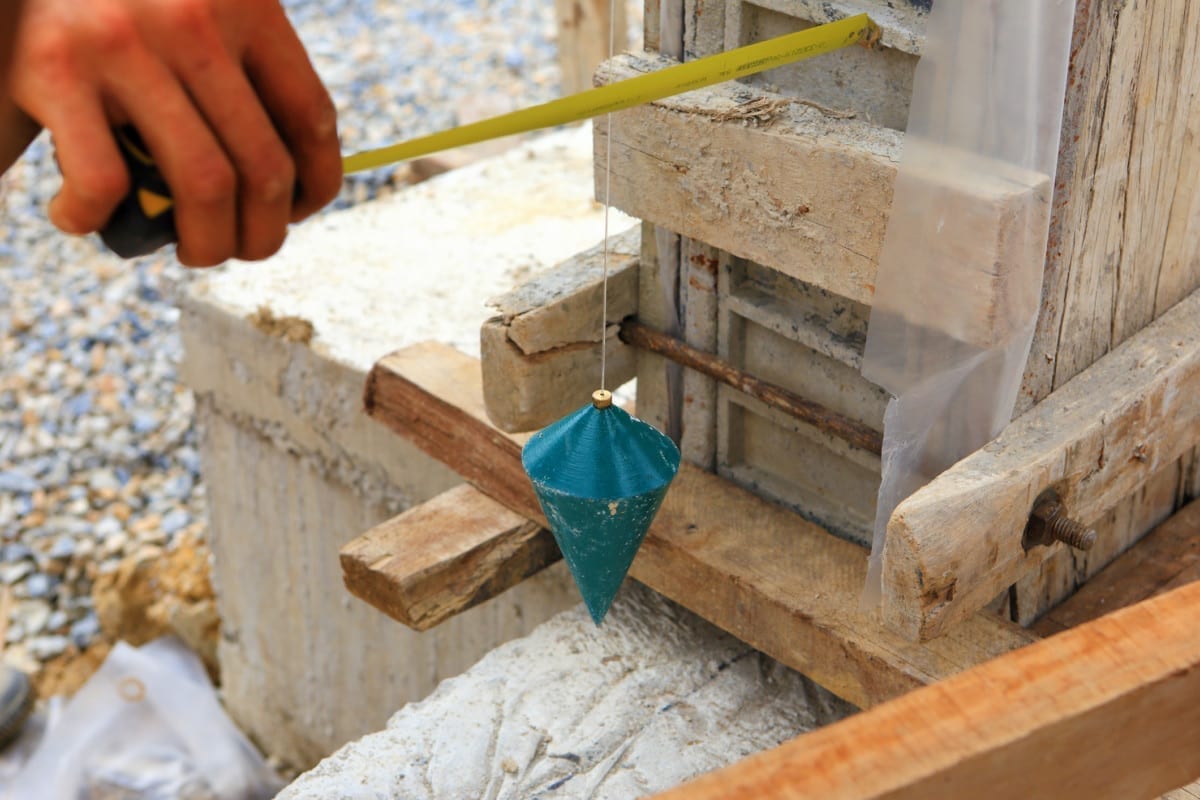

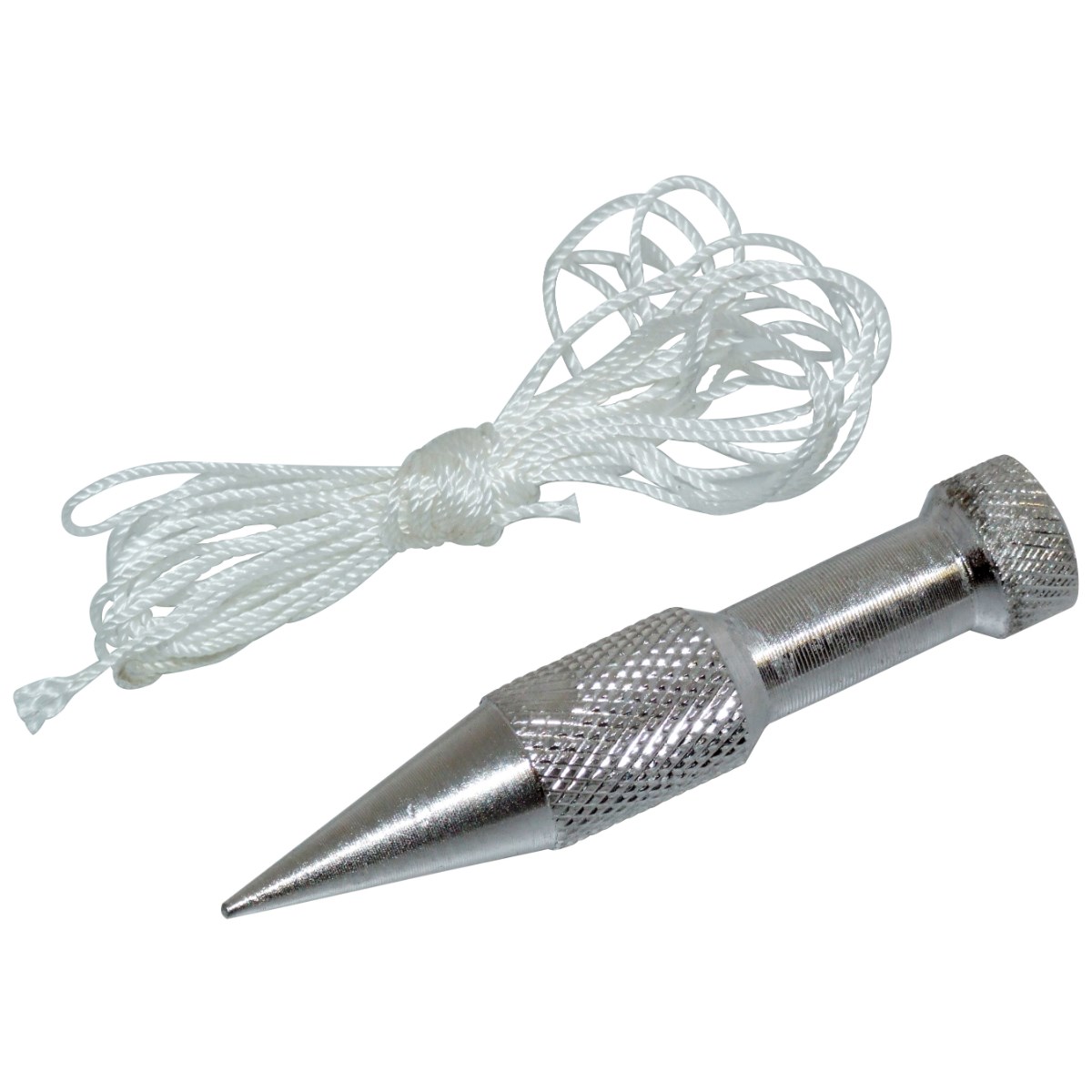
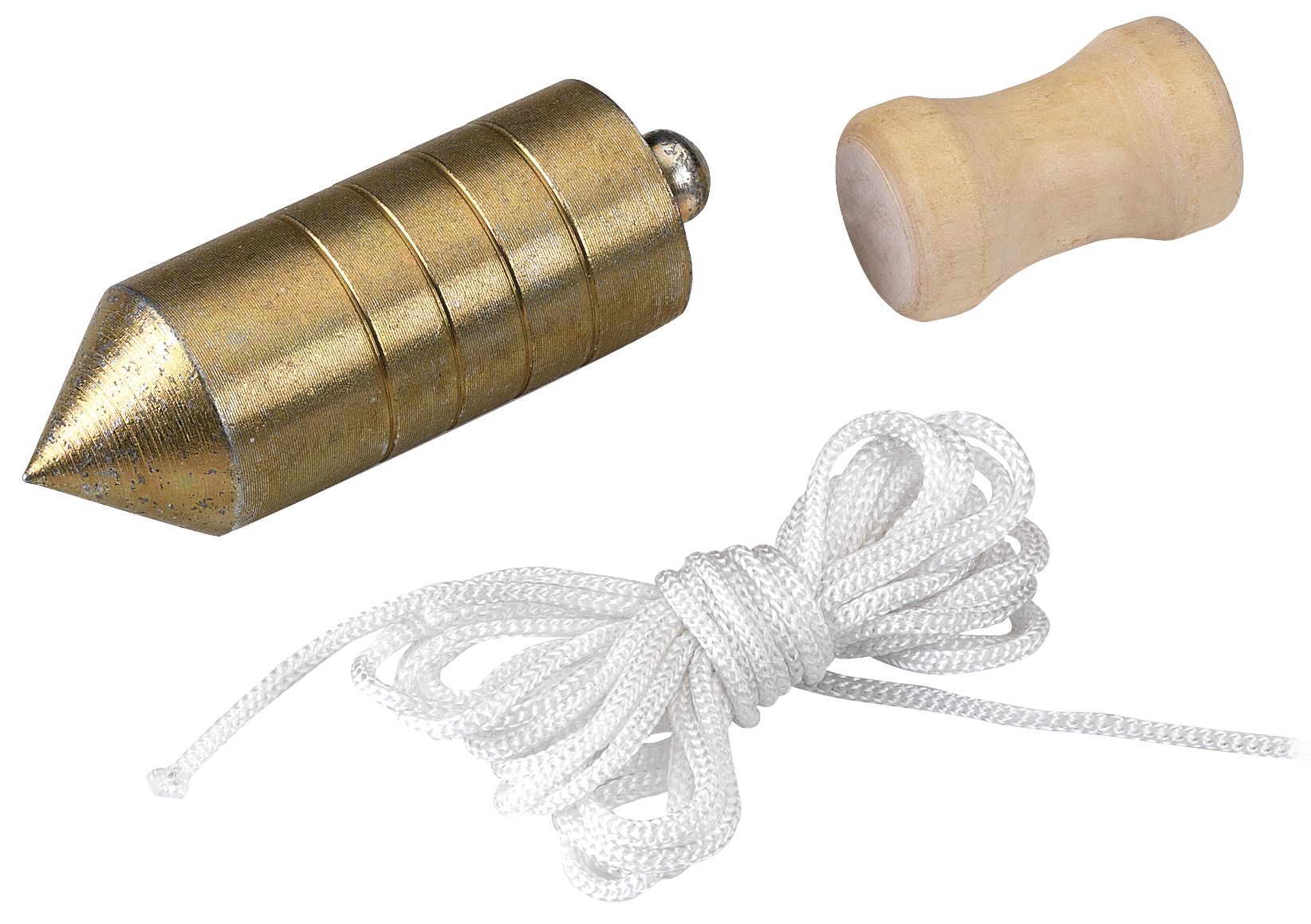
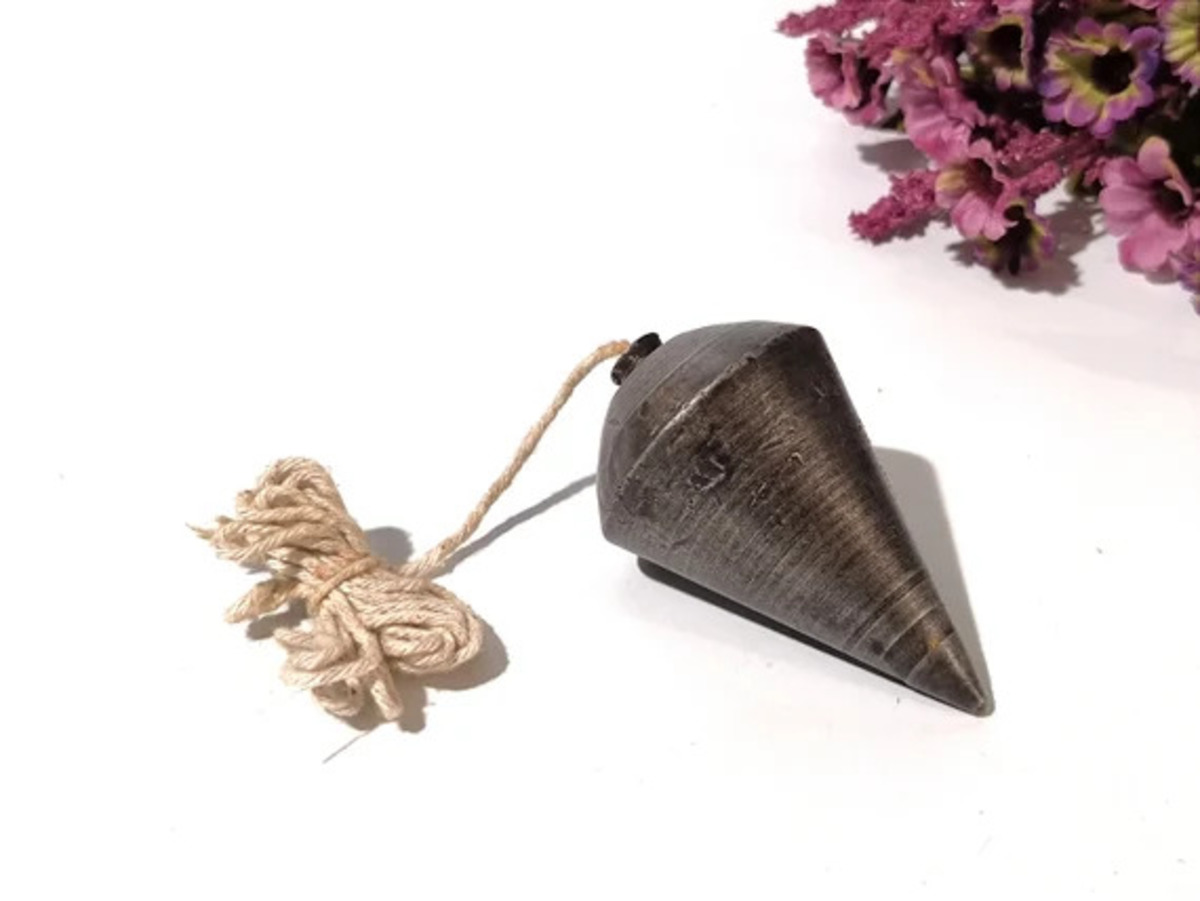
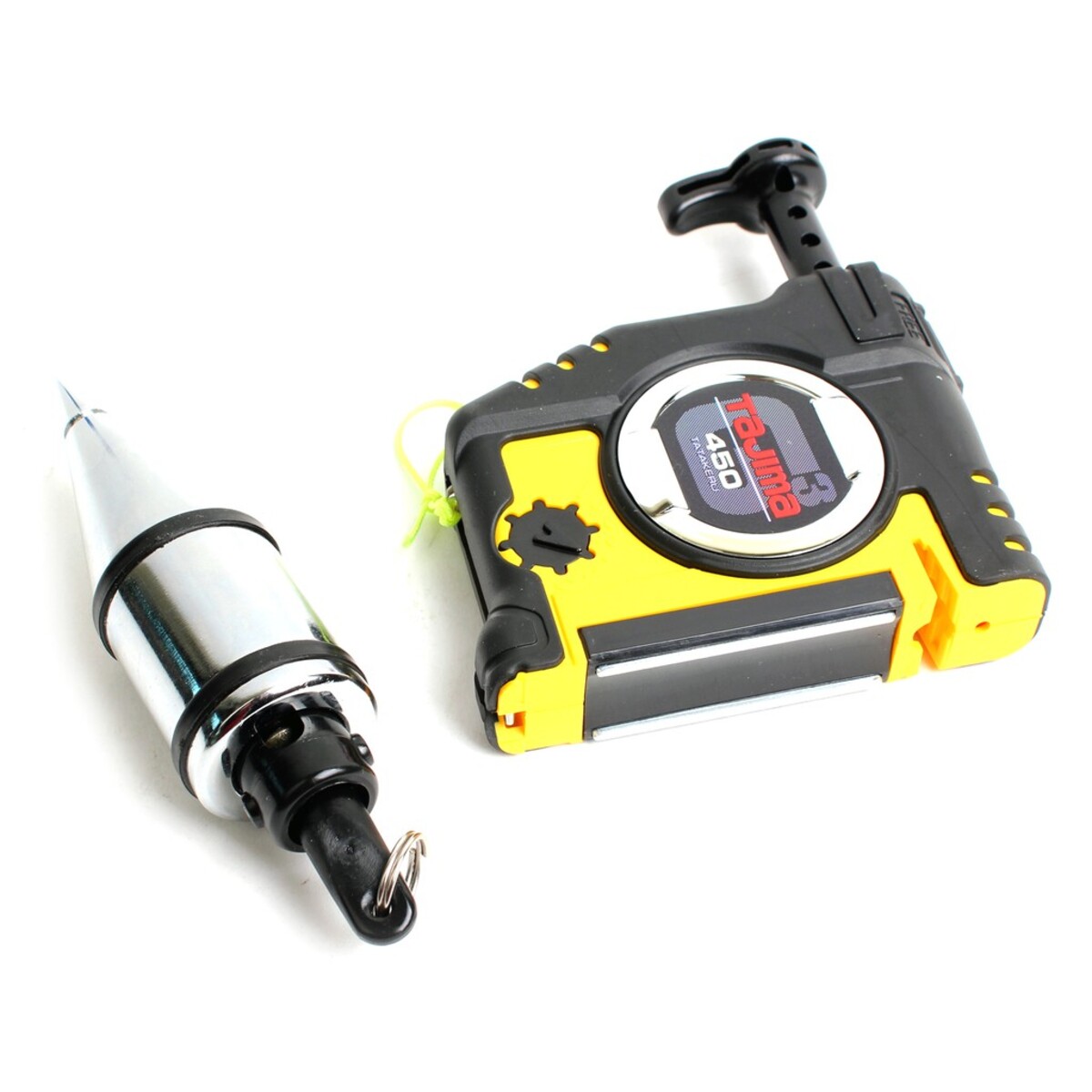
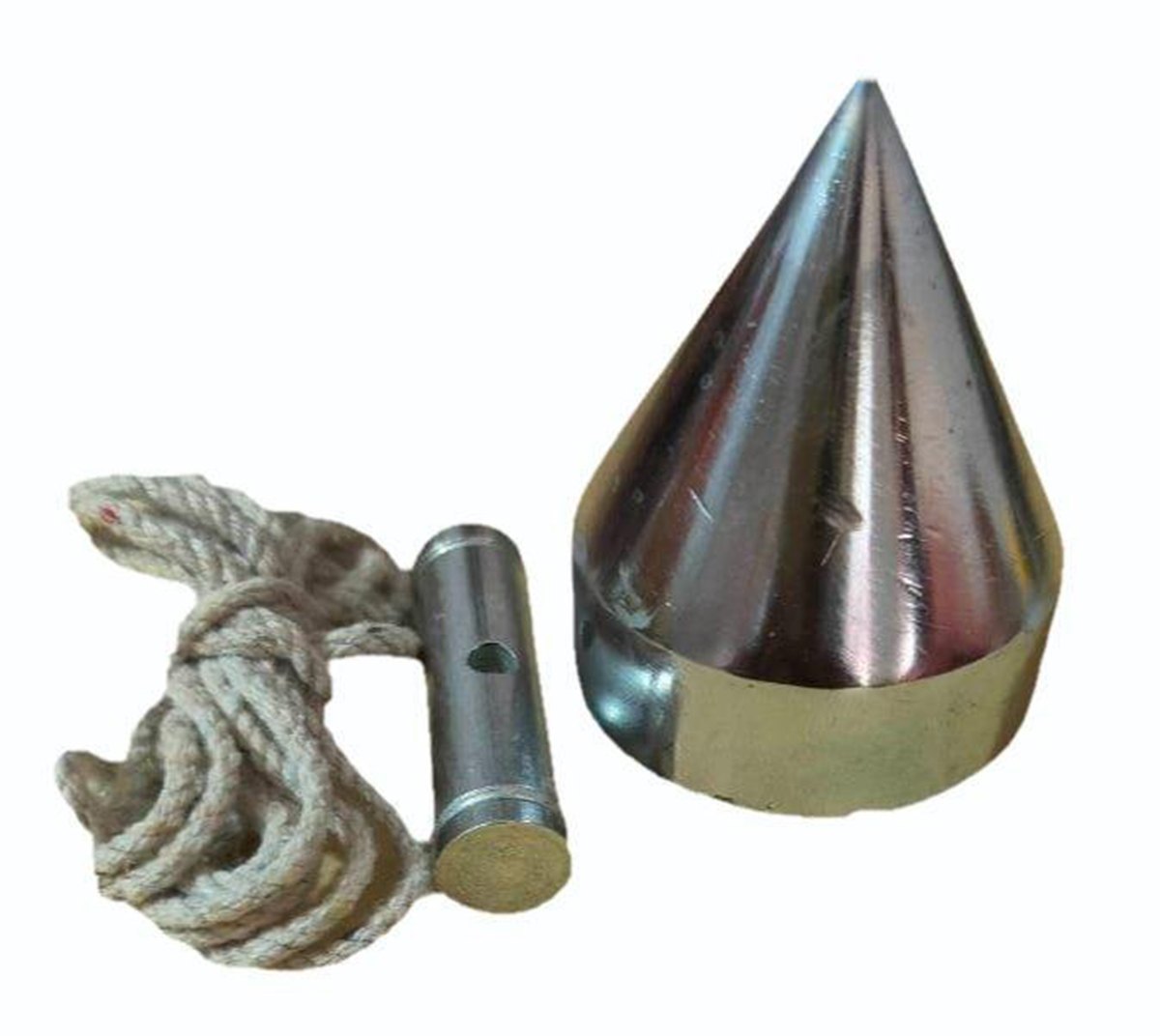

0 thoughts on “How To Use A Plumb Bob”